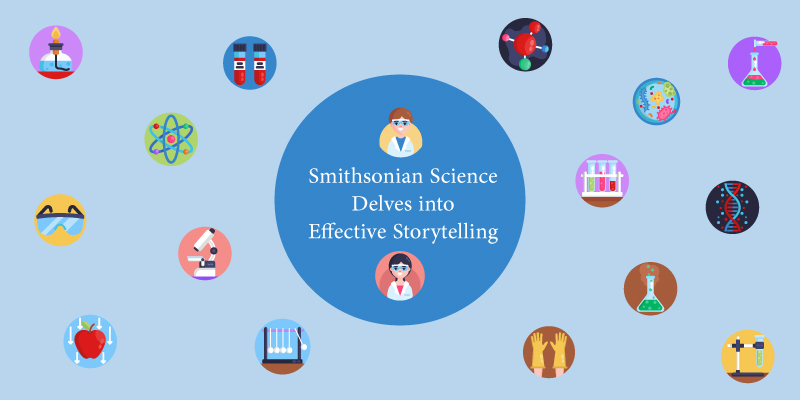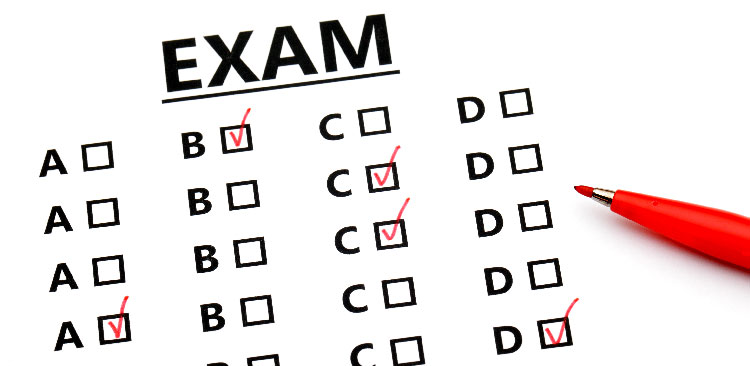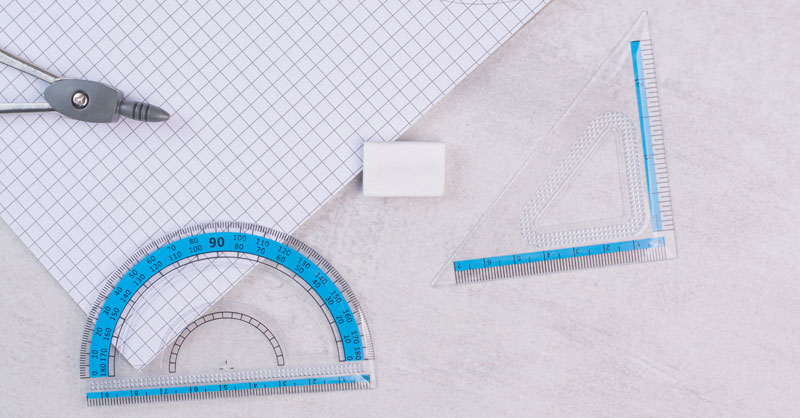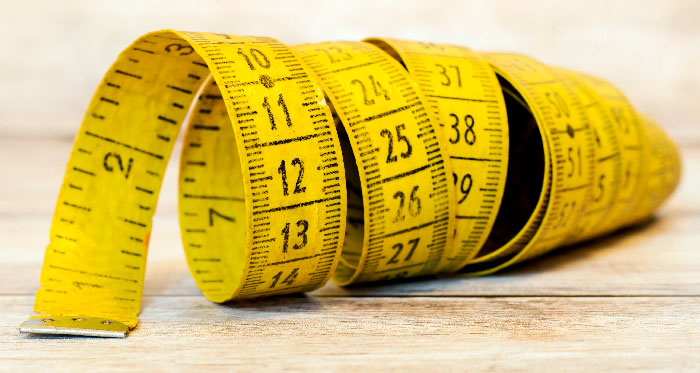
The Art Of Learning To Read A Book More Effectively
The Art Of Learning To Read A Book More Effectively
President Harry S. Truman said, “Not all readers are leaders, but all leaders are readers.” Time and again it has been proved that successful people in business or important personnel of Government organizations who run the world, have something in common, that it their love for reading. The mastermind behind SpaceX and Tesla, CEO Elon Musk expresses that he has learnt a great deal from reading. Another business guru Warrant Buffet- chairman and CEO of Berkshire Hathaway, spends days and nights tugged into a book.
Now that we have realized just how important it is to read and want to follow our role model’s footsteps, let us learn what effective reading means and how to start right away!
Students have no option but to read, because adults & class teachers have always summoned them of how important it is to read a text book inside-out in order to score better grades in school. That means, most part of growing-up years goes in reading and remembering facts from school books, to gain marks. However, with the IB Culture picking up pace in developed nations like; UAE and GCC Countries, emphasis is now shifting to practical, hands-on knowledge based on STEM (science, technology, engineering and mathematics) curriculum.
Having an inclination towards reading and setting a goal is great. Some readers want to read as many as ’12’ books per year, so that is ‘1’ book per month, which is awesome, but is there any take-away from all these books? How much of the story or biography would you remember, if someone where to ask you about it, 6 months down the line. Ask yourself how much you read, and how much is actually retained.
Some wise people attribute their success in life to reading, because they have found a way to truly extract the meaning and learnings from the novel and apply it to their daily lives. The best leaders know how to put the words read, into action.
Where else would you discover age-old wisdom, or secrets of mother nature? It is all there documented in some text or the other, you only need to open the cover and understand the true essence of it.
So here are some tips to help you be a better reader:

What’s Motivating You to Read the Book:
Did you randomly pick up a book you spotted on the bookshelf of a book store? Or did you actually do some research and then buy a book of interest to you? The question is ‘why did you choose to read the book’. The purpose of reading will drive you to derive the meaning from the book and not just read it mindlessly. The story should be relatable to your life and motivate the reader to achieve his goals, whether it is to ‘save more money’ or ‘enhance cooking skills’. For example, if you want to expand your business and earn wealth, then books such as ‘Rich Dad, Poor Dad’ would be your go-to. Alternatively, if you seek spiritual upliftment then books such as; ‘The Alchemist’ and ‘The Art Of Happiness’ would be most suitable.
Take Your Time To Read:
In today’s digital savvy world, one liner quotes and sayings on Instagram and WhatsApp forwards are a new thing! Unlike these quick motivational starters, books need to be read from cover to cover. Don’t expect to find the meaning of the novel in the first chapter itself. Be patient, let the story unfold, find the true meaning, and absorb every bit of emotion that it eludes in you. The aim is not to check off the book from the ‘reading list’. The ultimate idea is to enjoy the book, spend time with it, learn as much as you can, and share it with your friends & family.
Throw Yourself Into Reading
Engage with the paragraphs as you read. Pause every now & then and ponder upon the thoughts by having an internal dialogue with yourself. You could even share your opining with others who have read the same book and debate over it. Make notes of important ‘sayings’ or ‘verses’ in your diary and revisit it when you need to. Highlight sentences from the book and search-up meanings of words from a dictionary, such that you can add more words to your vocabulary.
Choose The Correct Format
There are so many mediums available in the market today with e-books, kindle, audiobooks, and the ever-popular paperback versions, for readers to choose. It depends on your preference which one would you like to go for. Print books create a connection as you can feel, touch and highlight content from the chapters. You can display the physical copy of the book in your home’s showcase and serve yourself as a reminder to the learnings you gained, versus the e-books, where there is no such option. For those who are comfortable with the digital version, Highlights Library is an excellent example of an e-book reader. The brand usually caters to reading books for school going students and teenagers, and has become a popular option for many in the Middle East nations, including Dubai.















Recent Comments